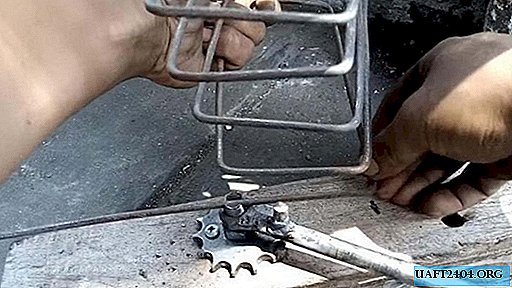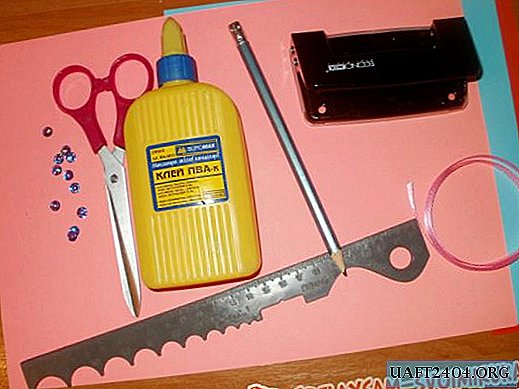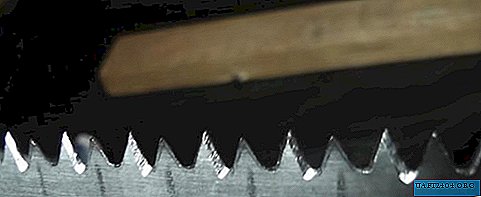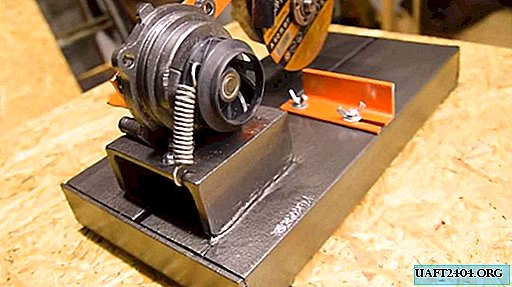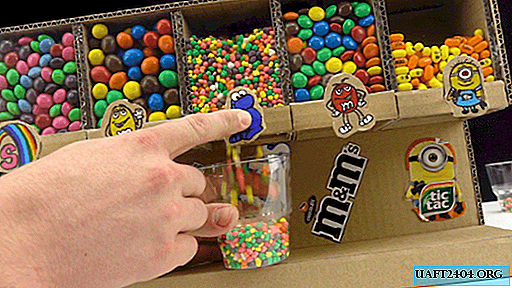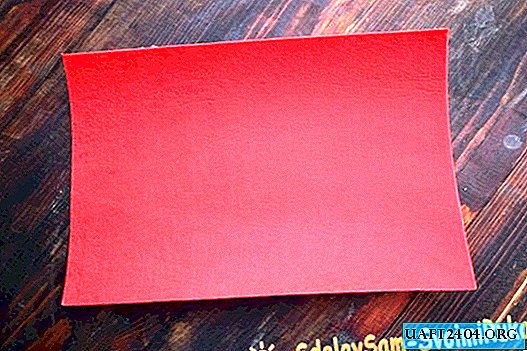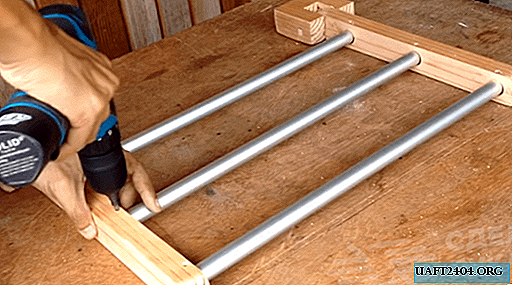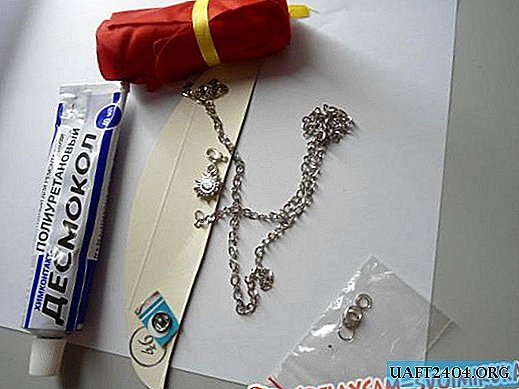Share
Pin
Tweet
Send
Share
Send
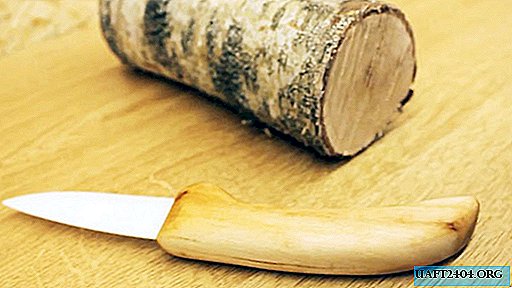
I have a folding knife with a ceramic blade. He repeatedly helped me out on trips to the country and on picnics. Perfect sharpness of the blade, which does not require sharpening, hygiene and lightness. In general, I became attached to him. After all, it happens so that you just don’t want to part with any thing. But, unfortunately, his plastic handle was not up to par. The part that is responsible for fixing the blade in the open position has broken. Using it became inconvenient, almost impossible.

I was sorry to throw it away, especially since the blade retained all its wonderful qualities. Well, since one of my favorite activities is wood processing, I decided to make a convenient and reliable handle for my knife from wood. Today I want to show you what came of it.
Materials and tools
As a blank, I used a small birch log block found in a pile of firewood. For processing I used machine tools and tools from my home workshop:
- stationary electric jointer;
- electric jigsaw;
- hand saw;
- manual milling machine (you can use a drill or a screwdriver);
- a cylindrical cutter with a diameter slightly larger than the thickness of the knife blade at the base;
- chisel, rasp, files.
You will also need a good installation adhesive, for example, a two-component composition based on epoxy is suitable.
Making a do-it-yourself handle for a knife from a tree
Using a saw and a jointer, cut a rectangular die about 2 cm thick from a birch log.

This size will correspond to the thickness of our pen, so you can choose it to your taste. The length and width of the die should contain the contours of the future handle of the knife.

Now, at the end of the die, we make a recess with a mill, in which the blade will be fixed.

In order to avoid chips and splitting of the die, gently clamp it between two wooden blocks with clamps. In this form, we perform milling according to previously made markup.


We disassemble the knife.

We free the die with the finished slot from the clamps and fix the blade. To do this, fill the slot with glue and insert our blade into it.


We remove the excess glue and, setting the blade in the right position, let the glue harden.
Now it remains to give our pen the desired shape. I put the old pen on the die and circled its outline with a pencil.


So you can use a suitable handle from any knife, or simply draw the desired contour. After that I sawed out the contours of the handle with a jigsaw.

The following is the processing of sharp corners and the surface of the handle in order to give it roundness.

If desired, in the end you can treat its surface with fine sandpaper.


To give the pen an even more attractive look, I coated it with a special wax composition for polishing wood.

Tips & Warnings
If you also make a handle for a ceramic blade, in no case try to insert it with great force into a too narrow slot. Pottery is a brittle material. Therefore, the slot should provide free movement of the blade in it. Fixing is carried out only by glue.

And the last one. Be careful with cutting tools. As my boss said, after work you should have as many fingers as you had before her.
Share
Pin
Tweet
Send
Share
Send

